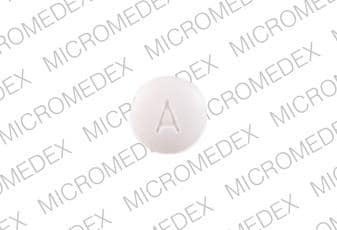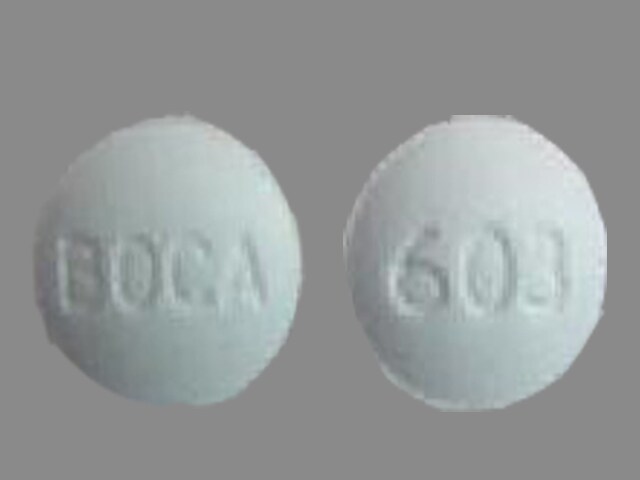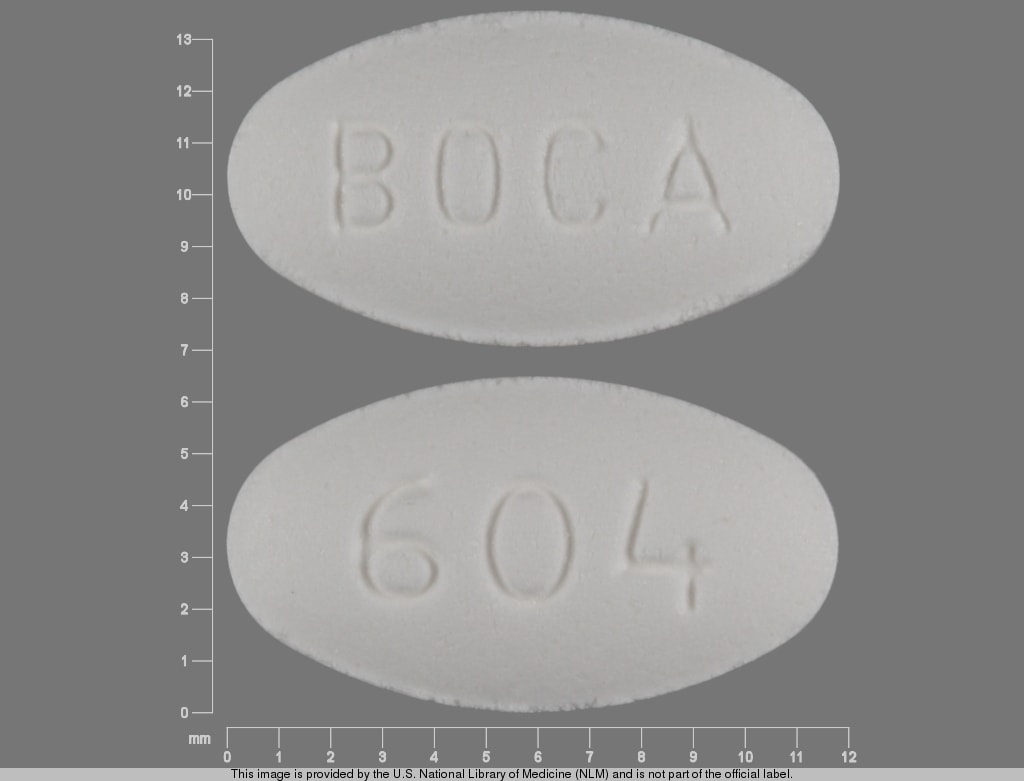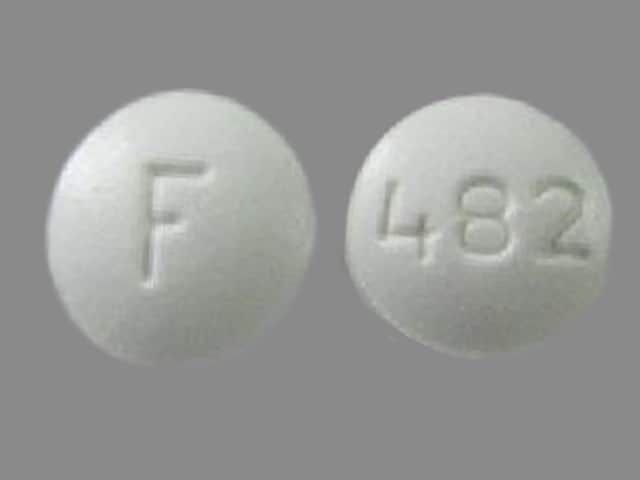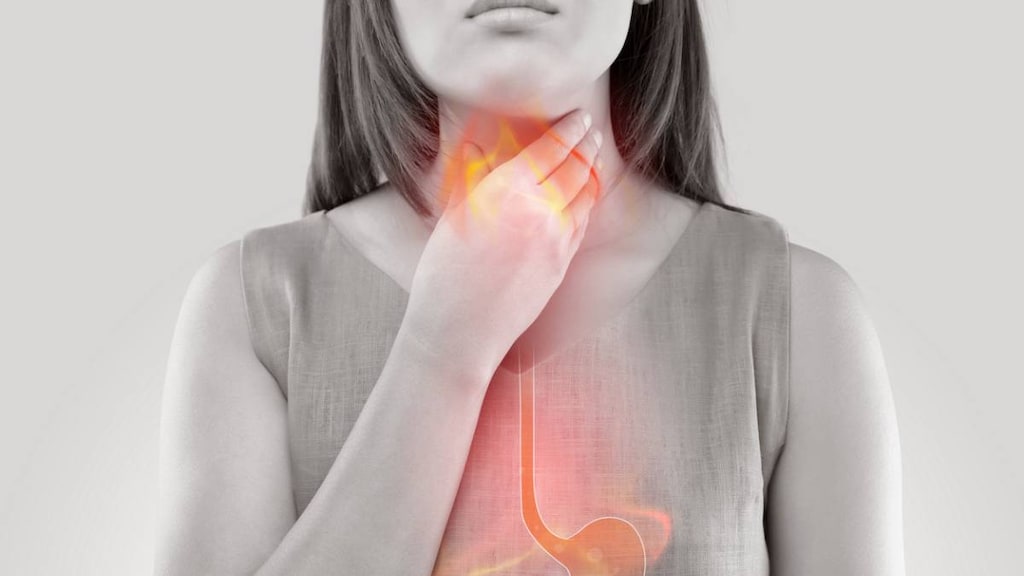Dosage Forms
Excipient information presented when available (limited, particularly for generics); consult specific product labeling. [DSC] = Discontinued product
Tablet, Oral, as bromide:
Pamine: 2.5 mg [DSC] [lactose free]
Pamine Forte: 5 mg [DSC] [lactose free]
Generic: 2.5 mg, 5 mg
Pharmacology
Mechanism of Action
Methscopolamine is a quaternary ammonium derivative of scopolamine that exerts anticholinergic effects, which include reducing the volume and total acid content of gastric secretion, inhibiting gastrointestinal motility and salivary secretion, dilation of the pupil, and inhibition of accommodation that results in blurring of vision.
Pharmacokinetics/Pharmacodynamics
Absorption
Poorly and unreliably absorbed
Excretion
Bile and urine; feces (as unabsorbed drug)
Onset of Action
~1 hour
Duration of Action
4 to 6 hours
Use: Labeled Indications
Peptic ulcer (adjunctive): Adjunctive therapy for the treatment of peptic ulcer
Limitations of use: Has not been shown to be effective in contributing to the healing of peptic ulcer, decreasing the rate of recurrence, or preventing complications
Contraindications
Hypersensitivity to methscopolamine, any component of the formulation, or related drugs; glaucoma; obstructive uropathy (eg, bladder neck obstruction due to prostatic hypertrophy); obstructive disease of the GI tract (eg, pyloroduodenal stenosis); paralytic ileus; intestinal atony of elderly or debilitated patients; unstable cardiovascular status in acute hemorrhage; severe ulcerative colitis; toxic megacolon complicating ulcerative colitis; myasthenia gravis
Dosage and Administration
Dosing: Adult
Peptic ulcer (adjunctive): Oral: Initial: 2.5 mg 30 minutes before meals and 2.5 to 5 mg at bedtime; for severe symptoms demanding prompt relief (abdominal pain or cramping), may initiate with 5 mg 30 minutes before meals and 5 mg at bedtime; adjust dose (increase or decrease) to patient response (30 mg/day has been tolerated in some patients).
Dosing: Geriatric
Avoid use (Beers Criteria [AGS 2019]).
Administration
Administer 30 minutes before meals and at bedtime.
Dietary Considerations
Take 30 minutes before meals and at bedtime.
Storage
Store at 15°C to 30° C (59° F to 86° F).
Methscopolamine Images
Drug Interactions
Acetylcholinesterase Inhibitors: May diminish the therapeutic effect of Anticholinergic Agents. Anticholinergic Agents may diminish the therapeutic effect of Acetylcholinesterase Inhibitors. Monitor therapy
Aclidinium: May enhance the anticholinergic effect of Anticholinergic Agents. Avoid combination
Amantadine: May enhance the anticholinergic effect of Anticholinergic Agents. Monitor therapy
Anticholinergic Agents: May enhance the adverse/toxic effect of other Anticholinergic Agents. Monitor therapy
Botulinum Toxin-Containing Products: May enhance the anticholinergic effect of Anticholinergic Agents. Monitor therapy
Cannabinoid-Containing Products: Anticholinergic Agents may enhance the tachycardic effect of Cannabinoid-Containing Products. Exceptions: Cannabidiol. Monitor therapy
Chloral Betaine: May enhance the adverse/toxic effect of Anticholinergic Agents. Monitor therapy
Cimetropium: Anticholinergic Agents may enhance the anticholinergic effect of Cimetropium. Avoid combination
Eluxadoline: Anticholinergic Agents may enhance the constipating effect of Eluxadoline. Avoid combination
Gastrointestinal Agents (Prokinetic): Anticholinergic Agents may diminish the therapeutic effect of Gastrointestinal Agents (Prokinetic). Monitor therapy
Glucagon: Anticholinergic Agents may enhance the adverse/toxic effect of Glucagon. Specifically, the risk of gastrointestinal adverse effects may be increased. Monitor therapy
Glycopyrrolate (Oral Inhalation): Anticholinergic Agents may enhance the anticholinergic effect of Glycopyrrolate (Oral Inhalation). Avoid combination
Glycopyrronium (Topical): May enhance the anticholinergic effect of Anticholinergic Agents. Avoid combination
Ipratropium (Oral Inhalation): May enhance the anticholinergic effect of Anticholinergic Agents. Avoid combination
Itopride: Anticholinergic Agents may diminish the therapeutic effect of Itopride. Monitor therapy
Levosulpiride: Anticholinergic Agents may diminish the therapeutic effect of Levosulpiride. Avoid combination
Mianserin: May enhance the anticholinergic effect of Anticholinergic Agents. Monitor therapy
Mirabegron: Anticholinergic Agents may enhance the adverse/toxic effect of Mirabegron. Monitor therapy
Nitroglycerin: Anticholinergic Agents may decrease the absorption of Nitroglycerin. Specifically, anticholinergic agents may decrease the dissolution of sublingual nitroglycerin tablets, possibly impairing or slowing nitroglycerin absorption. Monitor therapy
Opioid Agonists: Anticholinergic Agents may enhance the adverse/toxic effect of Opioid Agonists. Specifically, the risk for constipation and urinary retention may be increased with this combination. Monitor therapy
Oxatomide: May enhance the anticholinergic effect of Anticholinergic Agents. Avoid combination
Potassium Chloride: Anticholinergic Agents may enhance the ulcerogenic effect of Potassium Chloride. Management: Patients on drugs with substantial anticholinergic effects should avoid using any solid oral dosage form of potassium chloride. Avoid combination
Potassium Citrate: Anticholinergic Agents may enhance the ulcerogenic effect of Potassium Citrate. Avoid combination
Pramlintide: May enhance the anticholinergic effect of Anticholinergic Agents. These effects are specific to the GI tract. Consider therapy modification
Ramosetron: Anticholinergic Agents may enhance the constipating effect of Ramosetron. Monitor therapy
Revefenacin: Anticholinergic Agents may enhance the anticholinergic effect of Revefenacin. Avoid combination
Secretin: Anticholinergic Agents may diminish the therapeutic effect of Secretin. Management: Avoid concomitant use of anticholinergic agents and secretin. Discontinue anticholinergic agents at least 5 half-lives prior to administration of secretin. Consider therapy modification
Thiazide and Thiazide-Like Diuretics: Anticholinergic Agents may increase the serum concentration of Thiazide and Thiazide-Like Diuretics. Monitor therapy
Tiotropium: Anticholinergic Agents may enhance the anticholinergic effect of Tiotropium. Avoid combination
Topiramate: Anticholinergic Agents may enhance the adverse/toxic effect of Topiramate. Monitor therapy
Umeclidinium: May enhance the anticholinergic effect of Anticholinergic Agents. Avoid combination
Adverse Reactions
Frequency not defined.
Cardiovascular: Palpitation, tachycardia
Central nervous system: Headache, insomnia, flushing, nervousness, drowsiness, dizziness, confusion, fever, CNS stimulation may be produced with large doses
Dermatologic: Dry skin, urticaria
Endocrine & metabolic: Lactation suppressed
Gastrointestinal: Constipation, xerostomia, dry throat, dysphagia, nausea, vomiting, loss of taste
Genitourinary: Impotence, urinary hesitancy, urinary retention
Neuromuscular & skeletal: Weakness
Ocular: Blurred vision, cycloplegia, ocular tension increased, pupil dilation
Respiratory: Dry nose
Miscellaneous: Allergic reaction, diaphoresis decreased, hypersensitivity reactions, anaphylaxis
Warnings/Precautions
Concerns related to adverse effects:
- CNS effects: May cause drowsiness and/or blurred vision, which may impair physical or mental abilities; patients must be cautioned about performing tasks which require mental alertness (eg, operating machinery or driving).
- Diarrhea: May be a sign of incomplete intestinal obstruction, especially in patients with ileostomy or colostomy; discontinue treatment if this occurs.
- Heat prostration: May occur in the presence of high environmental temperature; use caution in hot weather and/or exercise.
Disease-related concerns:
- Cardiovascular disease: Use with caution in patients with coronary artery disease, tachyarrhythmias, tachycardia, heart failure or hypertension.
- Hepatic impairment: Use with caution in patients with hepatic impairment.
- Hyperthyroidism: Use with caution in patients with hyperthyroidism.
- Neuropathy: Use with caution in patients with autonomic neuropathy.
- Prostatic hyperplasia: Use with caution in patients with prostatic hyperplasia.
- Renal impairment: Use with caution in patients with renal impairment.
- Ulcerative colitis: Use with caution in patients with ulcerative colitis (large doses may suppress intestinal motility leading to a paralytic ileus); may precipitate/aggravate toxic megacolon.
Concurrent drug therapy issues:
- Drug-drug interactions: Potentially significant interactions may exist, requiring dose or frequency adjustment, additional monitoring, and/or selection of alternative therapy. Consult drug interactions database for more detailed information.
Special populations:
- Elderly: Use with caution in the elderly; increased risk for anticholinergic effects, confusion, and hallucinations.
Monitoring Parameters
Follow by upper GI contrast radiology or endoscopy to ensure healing
Pregnancy
Pregnancy Risk Factor
C
Pregnancy Considerations
Animal reproduction studies have not been conducted. Methscopolamine is a derivative of scopolamine. Scopolamine is reported to cross the placenta; fetal toxicity noted in case reports.
Patient Education
- Discuss specific use of drug and side effects with patient as it relates to treatment. (HCAHPS: During this hospital stay, were you given any medicine that you had not taken before? Before giving you any new medicine, how often did hospital staff tell you what the medicine was for? How often did hospital staff describe possible side effects in a way you could understand?)
- Patient may experience fatigue, blurred vision, dizziness, constipation, headache, dry mouth, change in taste, nausea, vomiting, loss of strength and energy, bloating, trouble sleeping, or anxiety. Have patient report immediately to prescriber fast heartbeat, abnormal heartbeat, sexual dysfunction, confusion, diarrhea, unable to pass urine, or lack of sweat (HCAHPS).
- Educate patient about signs of a significant reaction (eg, wheezing; chest tightness; fever; itching; bad cough; blue skin color; seizures; or swelling of face, lips, tongue, or throat). Note: This is not a comprehensive list of all side effects. Patient should consult prescriber for additional questions.
Intended Use and Disclaimer: Should not be printed and given to patients. This information is intended to serve as a concise initial reference for healthcare professionals to use when discussing medications with a patient. You must ultimately rely on your own discretion, experience and judgment in diagnosing, treating and advising patients.
